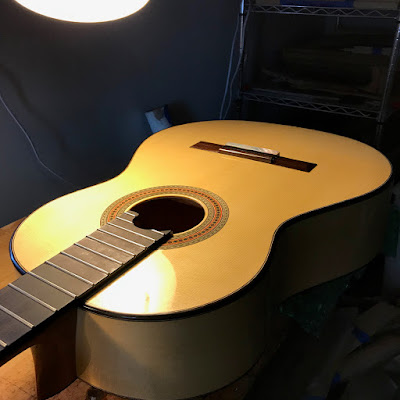Posts
Showing posts from May, 2021
European Spruce/Canadian Cypress Grand Concert Classical Guitar, Available at Savage Classical Guitar 11/11/24
- Get link
- X
- Other Apps
Basic Tool Kit for Making a Classical Guitar - Another Look
- Get link
- X
- Other Apps
